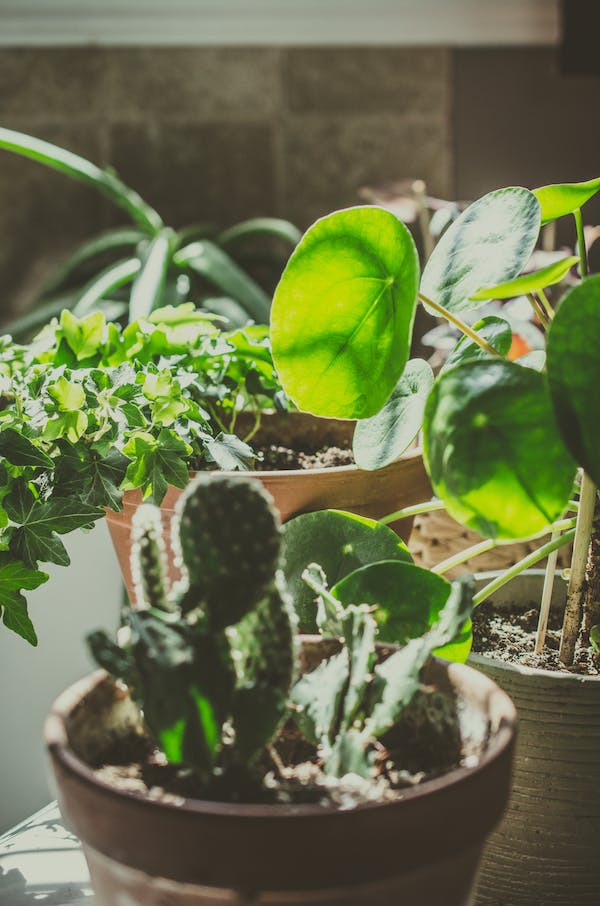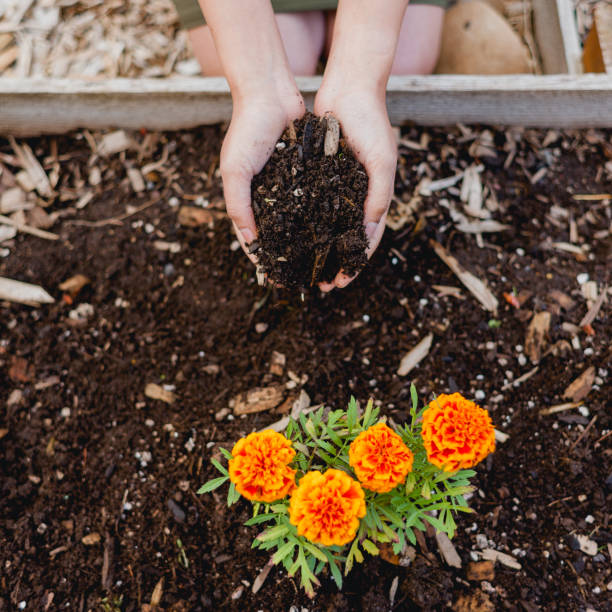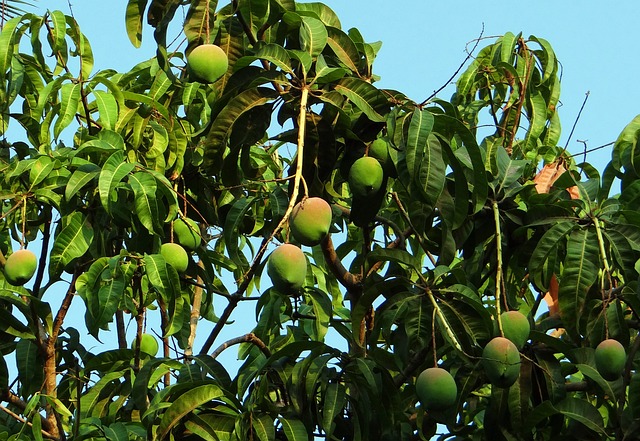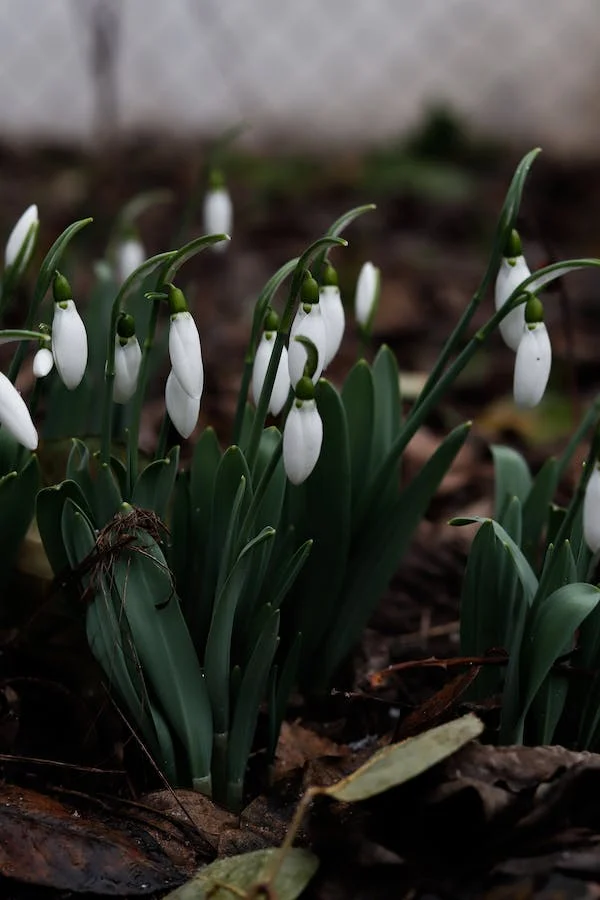Gardening Dictionary for Beginner Gardeners 83 cool terms
Embarking on your gardening journey is like stepping into a vibrant new world, complete with its own secret language and intricate tapestry of terms. But fear not, fellow cultivators of greenery, for we have crafted the ultimate linguistic compass the Gardening Dictionary for Beginner Gardeners.
This lexicon of horticultural lingo is your passport to unraveling the mysteries of mulching, the enigma of perennials, and the wizardry of composting. So, as you tread upon the soil of newfound knowledge, let this dictionary be your guide, helping you navigate through the lush landscapes of gardening like a true seasoned pro.
Gardening Dictionary for Beginner Gardeners
The realm of gardening is brimming with various uncommon phrases and terminology, which can be bewildering for individuals who are new to gardening.
This guide designed for novice gardeners will help you quickly become familiar with the widely used terms and specialized language used within the community.

Importance of a Gardening Dictionary
A gardening dictionary serves as a valuable resource for both novice and experienced gardeners. It provides a comprehensive compilation of gardening terms, definitions, and explanations, making it easier to navigate the vast and diverse world of gardening.
Purpose of the Dictionary for Beginner Gardeners
For beginner gardeners, a gardening dictionary is particularly essential. It helps them familiarize themselves with the terminology and concepts commonly used in gardening, enabling them to communicate effectively and understand gardening instructions, articles, and resources. It serves as a practical tool to enhance their learning and confidence in their gardening endeavors.
Overview of the Alphabetical Format
The gardening dictionary is organized in alphabetical order, from A to Z, making it convenient to look up specific terms quickly. Each term is accompanied by a concise definition to provide a clear understanding of its meaning. The alphabetical format enables users to locate specific terms easily and facilitates efficient browsing of related terms and concepts.
Now let’s dive into the dictionary, exploring a wide range of gardening terms from A to Z, specifically curated for beginner gardeners.
Annuals:
Annuals are plants that complete their life cycle, from germination to flowering and seed production, within a single year. They typically bloom for a few weeks or months, produce seeds, and then die.
Examples of annual plants include marigolds, zinnias, and petunias. Gardeners often use annuals for their vibrant colors and ability to provide continuous blooms throughout the growing season.
Aphids:
Small insects that feed on plant sap, causing damage to growth and spreading diseases.
Aeroponics:
Soilless plant growth method where roots are suspended in a mist or air environment, providing efficient nutrient delivery and oxygenation.
Aeration:
Process of improving soil’s air circulation and oxygen levels by creating small holes or channels, promoting root access to oxygen and nutrient uptake.
Biennial:
Plants that complete their life cycle in two years, typically growing leaves and stems in the first year and flowering and producing seeds in the second year before dying.
Bulb:
Underground plant structure consisting of a modified, swollen leaf base surrounded by fleshy scales, serving as a storage organ for nutrients, energy, and new growth.
Beneficial insects:
Insects that provide advantages to gardeners by preying on harmful pests or assisting in pollination, thus promoting plant health and reducing the need for chemical pest control.
Compost:
Organic matter that has undergone decomposition through the activity of bacteria, fungi, and other microorganisms. It is used as a nutrient-rich soil amendment to improve soil fertility and structure.
Chlorophyll:
Green pigment found in plant cells responsible for capturing light energy during photosynthesis. It plays a crucial role in converting sunlight into chemical energy for plants.
Cultivar:
A cultivated variety of a plant species that has been selected or bred for specific desirable traits, such as improved yield, disease resistance, or unique characteristics.
Cloches:
Protective covers or structures, typically made of glass, plastic, or fabric, used in gardening to shield plants from adverse weather conditions, provide warmth, and promote early or extended growing seasons.
Cold Stratification:
A process in which seeds are subjected to a period of cold and moist conditions to break their dormancy and stimulate germination. It mimics the natural winter conditions that some seeds require for successful sprouting
Deciduous:
Referring to plants that shed their leaves annually as a response to seasonal changes, such as winter or dry periods.
Direct sowing:
The practice of planting seeds directly into the ground where they will grow, rather than starting them indoors or using transplants.
Deadheading:
Removing faded or spent flowers from plants to encourage further blooming and prevent seed formation. This promotes plant energy towards producing more flowers and maintaining a neater appearance.
Espalier:
The horticultural practice of training and pruning a plant, typically a fruit tree or shrub, to grow flat against a wall, fence, or trellis, creating a decorative and space-saving arrangement.
Edible landscaping:
Designing and incorporating edible plants, such as vegetables, fruits, and herbs, into the landscape for both aesthetic and practical purposes, combining beauty with food production.
Erosion:
The process of wearing away or removal of soil, rocks, or other materials from the Earth’s surface due to natural forces like wind, water, or human activities. Erosion can have adverse effects on land productivity and environmental stability.
Fertilizer:
Substances or materials applied to soil or plants to provide essential nutrients that promote growth, development, and health.
Fungicide:
Chemical or biological agents used to control or prevent the growth and spread of fungal diseases on plants.
Frost-free date:
The average date in a region when the likelihood of frost occurrence is significantly reduced, indicating a safe time to plant frost-sensitive crops or tender plants outdoors.
Greenhouse:
Enclosed structure, often made of glass or plastic, designed to create a controlled environment for cultivating plants by regulating temperature, humidity, and light.
Germination:
The process by which a seed sprouts and begins to grow into a new plant, triggered by favorable conditions such as water, warmth, and oxygen.
Herbaceous:
Referring to plants that have soft, non-woody stems and usually die back to the ground at the end of the growing season.
Hardiness zone:
A geographic area that is defined based on the average minimum winter temperature, indicating the range of climatic conditions in which plants are likely to survive and thrive.
Humus:
Dark, organic matter resulting from the decomposition of plant and animal materials. It improves soil fertility, structure, and water-holding capacity.
Insecticide:
Chemical or biological substances used to control or eliminate insects, which are pests that can damage plants or transmit diseases.
Indigenous plants:
Native or naturally occurring plant species that are adapted to and have evolved in a specific region or ecosystem.
Irrigation:
The artificial application of water to plants to supplement natural rainfall, providing moisture for their growth, development, and proper hydration.
Heirloom:
Referring to plant varieties that have been passed down through generations, typically open-pollinated and bred for their unique characteristics, history, and cultural significance.
Hydroponics:
A method of growing plants without soil, where nutrient-rich water is used as the medium for providing essential nutrients to the plants’ roots.
Jasmine:
A fragrant flowering plant belonging to the genus Jasminum, known for its aromatic flowers and often used in perfumes, teas, and ornamental purposes.
John Innes compost:
A type of soil mix developed by John Innes Horticultural Institute, containing a blend of loam, peat, and horticultural grit or sand, used for potting and container gardening.
Jiffy pellets:
Small compressed discs or plugs made from peat or coir that expand when watered, providing a convenient and biodegradable medium for seed starting and propagation.
Kelp meal:
A nutrient-rich fertilizer made from dried and ground seaweed, often used to improve soil fertility and provide essential minerals to plants.
Kneeler:
A gardening accessory designed to provide cushioning and support for knees while working close to the ground, reducing strain and discomfort.
Kniphofia:
A genus of flowering plants, commonly known as red hot pokers or torch lilies, featuring tall spikes of tubular flowers in vibrant colors.
Lath house:
A structure or enclosure made of laths or slats, providing partial shade and filtered sunlight for plants, commonly used for growing shade-loving or delicate plants.
Loam:
A type of soil characterized by a balanced mixture of sand, silt, and clay particles, offering good drainage, moisture retention, and nutrient-holding capacity, making it ideal for plant growth.
Leaf mold:
Partially decomposed organic matter derived from fallen leaves, often used as a soil amendment to enhance soil structure, moisture retention, and nutrient content.
Mulch:
A layer of organic or inorganic material, such as wood chips, straw, or plastic, applied to the soil surface around plants to conserve moisture, suppress weed growth, and regulate soil temperature.
Mycorrhiza:
A mutually beneficial symbiotic relationship between certain fungi and plant roots, where the fungi colonize the root system and facilitate nutrient absorption, enhancing plant growth and resilience.
Moss pole:
A support structure made of a pole or rod covered with sphagnum moss, used to provide climbing support for plants that naturally grow epiphytically or have trailing or vining habits.
Perennial:
Referring to plants that live for more than two years, persisting through multiple growing seasons and often regrowing from the same root system.
Pruning:
The act of selectively trimming or cutting back branches, stems, or foliage of plants to promote better growth, shape, flowering, or to remove damaged or diseased parts.
Pest control:
The management and prevention of unwanted pests, such as insects, rodents, or diseases, through various methods including cultural practices, biological controls, or the use of pesticides.
Photosynthesis:
The process by which green plants and some other organisms convert sunlight, carbon dioxide, and water into glucose (a form of sugar) and oxygen, using chlorophyll and other pigments.
Pollination:
The transfer of pollen from the male reproductive parts (stamens) to the female reproductive parts (pistils) of flowers, leading to fertilization and the production of seeds.
Propagation:
The reproduction or multiplication of plants through various methods such as seed sowing, cuttings, division, or grafting to create new plants.
Raised Bed:
A gardening technique that involves creating a defined planting area above ground level, typically enclosed by a frame or border, providing improved drainage, soil aeration, and better control over soil quality.
Rhizome:
A modified plant stem that grows horizontally underground, producing roots and shoots from its nodes, often leading to the formation of new plants.
Rootstock:
The lower part of a grafted plant that provides the root system and root characteristics, onto which another plant (the scion) is grafted for desired traits, such as disease resistance or improved growth.
Rototiller:
A motorized gardening tool equipped with rotating blades or tines used to break up and till the soil, preparing it for planting or improving its texture.
Seedling:
A young plant that has recently sprouted from a seed and is in the early stages of growth.
Staking:
The process of supporting plants, typically tall or vining varieties, by using stakes, poles, or other structures to prevent them from bending, breaking, or collapsing under their weight.
Succulent:
A type of plant with thick, fleshy leaves or stems that store water, enabling them to survive in arid conditions.
Transplanting:
The act of moving a plant from one location to another, typically from a seedling tray or container to a permanent spot in the garden or a larger pot.
Thinning:
The practice of removing excess or overcrowded plants to provide adequate space, light, and nutrients for the remaining ones to grow properly.
Topsoil:
The uppermost layer of soil, rich in organic matter, nutrients, and microorganisms, where most plant roots are concentrated.
Understory:
The layer of vegetation that grows beneath the canopy of larger trees in a forest or woodland.
Urtica:
A genus of plants commonly known as nettles, which are known for their stinging hairs and are often used medicinally or as a food source.
Urea:
A nitrogen-rich fertilizer commonly used to provide essential nutrients to plants and promote healthy growth.
Vermiculite:
A lightweight, mineral-based material often used as a soil amendment to improve moisture retention, aeration, and nutrient availability.
Vine:
A plant with trailing or climbing stems that require support for growth, such as grapevines or cucumber plants.
Weed control:
The practice of managing and preventing the growth and spread of unwanted plants (weeds) in a garden or landscape, often through mechanical, chemical, or cultural methods.
Xeriscaping:
Landscaping or gardening techniques designed to conserve water by using drought-tolerant plants, efficient irrigation systems, mulching, and other water-saving practices.
Xylem:
The tissue in plants responsible for transporting water and nutrients from the roots to the other parts of the plant.
Yellowing:
The process or condition of leaves or plant parts turning yellow, often indicating nutrient deficiencies, disease, or environmental stress.
Yarrow:
A flowering plant of the genus Achillea, known for its clusters of small, aromatic flowers and feathery foliage.
Zone:
In gardening and plant hardiness, a defined geographic region with similar climate conditions that determine the suitability of specific plants for that area.
Zucchini:
A type of summer squash that is harvested when young and has a smooth, green skin and mild flavor.
Zen garden:
A stylized, minimalist garden design influenced by Japanese aesthetics, often characterized by carefully arranged rocks, gravel, and carefully pruned plants to evoke a sense of tranquility and contemplation.
Yucca:
A group of plants belonging to the genus Yucca, typically characterized by their sword-shaped leaves and tall flower spikes. They are often used for ornamental purposes in arid landscapes.
Xanthophylls:
Yellow pigments found in plants responsible for contributing to the coloration of leaves, fruits, and flowers.
Winterizing:
The process of preparing plants, garden beds, or outdoor structures for the cold winter months, often including insulating, protecting, or moving plants indoors.
Vertical gardening:
A gardening technique that involves growing plants vertically, utilizing trellises, fences, or vertical structures to maximize space and create visual interest.
Vermicomposting:
The process of using earthworms to break down organic waste materials, such as kitchen scraps or yard waste, into nutrient-rich compost.
Windbreak:
A barrier, typically made up of trees, shrubs, or fences, strategically planted to protect an area from strong winds, reducing wind damage and creating a more favorable microclimate for plants.
Xerophyte:
A plant that is adapted to survive in arid or dry conditions, often characterized by specialized features like succulent leaves, deep root systems, or waxy coatings to minimize water loss.
Yucca moth:
A type of moth that has a symbiotic relationship with yucca plants. The moth pollinates yucca flowers while laying eggs in them, ensuring the survival of both species.
Zone hardiness:
A rating system used to determine the suitability of plants for specific regions based on their ability to withstand the average minimum winter temperatures in that area.
Zucchini squash:
A popular summer squash variety that is harvested when immature, with a smooth, green skin and mild flavor. It is often used in various culinary dishes.
Zen garden:
A traditional Japanese garden that emphasizes simplicity, harmony, and tranquility. It typically features carefully raked gravel or sand, rocks, and minimalistic plantings, inviting contemplation and meditation.
Conclusion
In the ever-growing garden of knowledge, the Gardening Dictionary for Beginner Gardeners stands as a reliable companion, nurturing your understanding of the botanical realm. As you cultivate your passion for plants, remember that every seedling of curiosity you nurture will blossom into a bouquet of expertise.
Armed with this dictionary, you’re equipped to speak the language of petals and leaves, confidently navigating the verdant landscapes and turning each gardening endeavor into a symphony of growth.
So, go forth and let your garden flourish, armed not just with tools and seeds, but with the power of words that connect you to the timeless art of cultivation.





